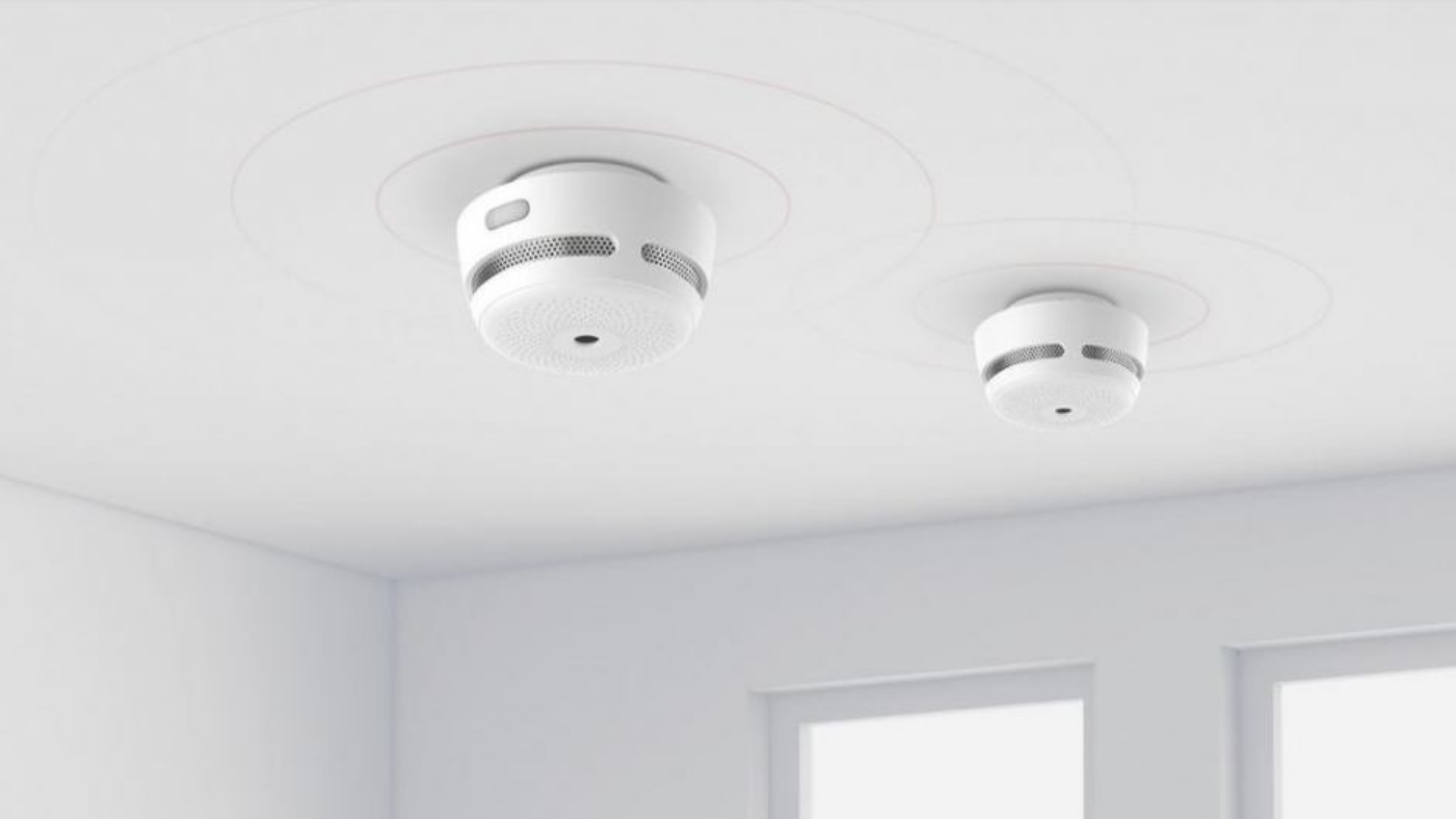

Articles
How Often Should I Test My Smoke Detector
Modified: February 24, 2024
Learn how often you should test your smoke detector with our informative articles. Keep your home safe and protected from potential fire hazards.
(Many of the links in this article redirect to a specific reviewed product. Your purchase of these products through affiliate links helps to generate commission for Storables.com, at no extra cost. Learn more)
Introduction
Welcome to our comprehensive guide on how often you should test your smoke detector. Smoke detectors are a crucial component of home safety, as they provide an early warning in the event of a fire. By alerting residents and allowing them enough time to escape, smoke detectors have proven to save countless lives over the years.
However, simply installing smoke detectors is not enough. Regular testing and maintenance are essential to ensure that these devices are functioning properly and providing the necessary protection for you and your family. In this article, we will explore why smoke detectors are important, factors to consider when determining testing frequency, different types of smoke detectors, proper testing techniques, and the importance of maintaining and replacing them over time.
By the end of this article, you will have a clear understanding of how often you should test your smoke detector and the best practices to follow for optimal home safety.
Key Takeaways:
- Regularly testing and maintaining smoke detectors is crucial for home safety, providing early warning and peace of mind. Follow manufacturer’s recommendations and consider factors like age, environment, and personal preference to determine testing frequency.
- Understanding different types of smoke detectors and proper testing techniques ensures optimal fire safety. Regular maintenance, battery checks, and replacement of aging detectors are essential for reliable protection.
Read more: How To Test A Smoke Detector
Importance of Smoke Detectors
Smoke detectors are a critical component of every home’s fire safety plan. These devices are designed to detect smoke particles in the air and emit a loud alarm to alert occupants of potential danger. Here are a few reasons why smoke detectors are so important:
- Early Warning System: Smoke detectors provide an early warning in the event of a fire. By detecting smoke particles, these devices can alert occupants to the presence of a fire before the flames become too large or dangerous. This early warning gives residents crucial time to evacuate the building and call emergency services.
- Fire Prevention: Smoke detectors not only alert occupants to existing fires, but they can also help prevent fires from spreading and becoming more destructive. By detecting smoke at the earliest stages, residents have the opportunity to extinguish small fires before they have a chance to grow and cause significant damage.
- Protection at Night and in Sleep: Smoke detectors are particularly important at night when people are sleeping. During this time, the sense of smell is impaired, making it difficult to detect smoke. Smoke detectors act as a reliable guardian, ensuring that residents are promptly alerted to potential fires, even when they are asleep.
- Peace of Mind: Having properly functioning smoke detectors installed throughout your home provides peace of mind. Knowing that these devices are constantly monitoring for smoke particles offers a sense of security and reassurance, allowing you to rest easy knowing that you and your loved ones are protected.
It is important to note that smoke detectors should always be used in conjunction with other fire safety measures, such as having a fire escape plan, practicing fire drills with your family, and keeping fire extinguishers readily accessible. These combined efforts significantly increase the chances of safely escaping a fire and minimizing property damage.
Factors to Consider
When determining how often to test your smoke detector, several factors should be taken into account:
- Manufacturer’s Recommendations: The first and most important factor to consider is the manufacturer’s recommendations. Each smoke detector model may have specific guidelines for testing frequency, which can typically be found in the product’s manual or on the manufacturer’s website. Adhering to these recommendations ensures that you are following the manufacturer’s intended usage guidelines.
- Age of the Smoke Detector: The age of your smoke detector can play a role in the testing frequency. Older models may require more frequent testing and maintenance compared to newer ones. Additionally, some manufacturers recommend replacing smoke detectors after a certain number of years to ensure optimal performance.
- Environmental Factors: Consider the environmental conditions in your home. Certain factors such as excessive dust, humidity, or cooking smoke can impact the performance of a smoke detector and may require more frequent testing. If you live in an area prone to wildfires or other types of fires, it is also essential to take this into account when determining testing frequency.
- Occupancy and Usage: The number of people living in your home and how frequently your home is occupied can influence the testing frequency. Homes that are frequently occupied tend to have more frequent smoke detector activations, which may signal the need for more regular testing and maintenance.
- Personal Preference: Personal preference and comfort level also play a role in testing frequency. Some individuals may prefer to test their smoke detectors more frequently for added peace of mind, while others may opt for the recommended testing schedule. Ultimately, it is crucial to strike a balance between being proactive in ensuring safety and following the manufacturer’s guidelines.
By considering these factors, you can determine an appropriate testing frequency that aligns with your specific circumstances and ensures that your smoke detectors are always in optimal working condition.
Recommended Testing Frequency
While the recommended testing frequency may vary depending on the factors mentioned earlier, it is generally recommended to test your smoke detector at least once a month. Monthly testing helps ensure that the smoke detector is functioning properly and can promptly alert you in the event of a fire.
In addition to monthly testing, it is recommended to perform a more thorough test of your smoke detectors at least twice a year. This can involve conducting a simulated smoke test by using the test button on the device or by using a smoke source such as a blown-out candle or a smoke detector aerosol. This more comprehensive test allows you to confirm that the smoke detector is detecting smoke particles and emitting the necessary alarm sound.
It is essential to familiarize yourself with the specific testing instructions provided by the manufacturer of your smoke detectors. Some models may have additional features or require specific testing procedures. Following the instructions provided by the manufacturer ensures that you are testing your smoke detectors correctly and maximizing their effectiveness.
Remember, testing your smoke detectors not only confirms their functionality but also helps you become familiar with the sound of the alarm. In a real emergency, seconds count, and being able to quickly react to the sound of the alarm can make a significant difference.
If at any point during the testing process, you find that your smoke detector is not functioning correctly, it is crucial to address the issue promptly. This may involve changing the batteries, cleaning the smoke detector, or in some cases, replacing the device altogether. Regular testing allows you to identify and address any issues with your smoke detectors in a timely manner, ensuring that they provide reliable protection for you and your family.
Keep in mind that the recommended testing frequency serves as a general guideline. If you have specific concerns about fire safety in your home or if you live in an area prone to fires, you may choose to increase the testing frequency to provide an additional layer of protection.
By following the recommended testing frequency and staying proactive in maintaining your smoke detectors, you can rest assured that you are taking crucial steps to protect your home and loved ones from the dangers of fire.
Test your smoke detector at least once a month by pressing the test button. Additionally, replace the batteries at least once a year to ensure it is functioning properly.
Different Types of Smoke Detectors
Smoke detectors come in various types, each utilizing different technologies to detect the presence of smoke. Understanding the different types can help you choose the most suitable one for your home. Here are the three main types of smoke detectors:
- Ionization Smoke Detectors: Ionization smoke detectors are the most common type found in homes. They contain a small amount of radioactive material that creates an ionized chamber. When smoke enters the chamber, it disrupts the ionization process, triggering the alarm. These detectors are highly effective at detecting fast-flaming fires, such as those caused by paper or flammable liquids.
- Photoelectric Smoke Detectors: Photoelectric smoke detectors use a light source and a photosensitive sensor to detect smoke particles. When smoke enters the chamber, it scatters the light, causing the sensor to trigger the alarm. These detectors are particularly effective at detecting slow-smoldering fires, such as those caused by smoldering furniture or electrical fires.
- Dual-Sensor Smoke Detectors: Dual-sensor smoke detectors combine both ionization and photoelectric technologies for enhanced fire detection. By using multiple detection methods, they provide a higher level of protection by detecting a wider range of fires. Dual-sensor smoke detectors are recommended for comprehensive fire detection coverage.
It is important to note that each type of smoke detector has its own strengths and weaknesses. Ionization smoke detectors are more responsive to fast-flaming fires, while photoelectric detectors are better at detecting slow-smoldering fires. However, any type of smoke detector is effective at detecting the presence of smoke and providing an early warning.
When choosing a smoke detector, it is recommended to consider a combination of different types to maximize fire detection capabilities. This ensures that you have comprehensive coverage and are alerted to fires regardless of their nature or speed of development.
Remember to always follow the manufacturer’s recommendations when selecting and installing smoke detectors. Additionally, check local fire safety regulations or consult with a professional to ensure compliance with any specific requirements in your area.
By understanding the different types of smoke detectors and their capabilities, you can make an informed decision when selecting the most appropriate ones for your home, significantly enhancing your fire safety measures.
Proper Testing Techniques
Testing your smoke detectors regularly is essential to ensure they are functioning correctly and providing the necessary protection for your home. Here are some proper testing techniques to follow:
- Locate the Test Button: Familiarize yourself with the location of the test button on your smoke detectors. It is typically a small, round button located on the front or side of the device.
- Notify Household Members: Before conducting the test, inform everyone in your household about the test so they are aware that the alarm will sound. This prevents any unnecessary panic or confusion.
- Press and Hold the Test Button: Press and hold the test button for a few seconds. This simulates the presence of smoke and should trigger the alarm sound. If the alarm does not sound, check the battery or power source and ensure the detector is securely installed.
- Listen for the Alarm Sound: During the test, listen carefully for the alarm sound. It should be loud and distinct, indicating that the smoke detector is functioning correctly. Take note of the sound so you can recognize it in a real emergency.
- Interconnectivity: If you have multiple smoke detectors interconnected in your home, ensure that all detectors sound simultaneously during the test. This confirms that the interconnectivity feature is working, allowing all occupants to be alerted in case of a fire.
- Record the Testing Date: Keep a record of the testing dates for each smoke detector in your home. This helps you track when each detector was tested and ensures you maintain a regular testing schedule.
Testing your smoke detectors should be a routine part of your home maintenance. It is advisable to set reminders or use apps to prompt you to perform monthly testing and remember to conduct more thorough tests at least twice a year.
Keep in mind that testing your smoke detectors should never involve using an open flame or producing excessive smoke. Using a controlled aerosol smoke detector tester or an alternative approved by the manufacturer is the recommended method for simulating smoke.
By following these proper testing techniques, you can ensure that your smoke detectors are in proper working condition and providing the reliable protection you need in the event of a fire.
Maintaining and Replacing Smoke Detectors
Maintaining and replacing your smoke detectors is crucial to ensure their ongoing functionality and effectiveness. Here are some key tips to keep in mind:
- Regular Cleaning: Dust and debris can accumulate in smoke detectors, affecting their performance. Regularly clean the detectors by gently vacuuming or using a soft brush to remove any dirt or dust. Avoid using water or cleaning solutions, as they can damage the sensitive components.
- Check the Batteries: Batteries power the majority of smoke detectors. Regularly check the battery levels and replace them as needed, typically twice a year or as recommended by the manufacturer. Some smoke detectors also come with built-in long-life batteries that last for several years, but it is still important to regularly test and replace the entire smoke detector according to the manufacturer’s guidelines.
- Test After Power Outages and Home Renovations: Power outages and home renovations that involve electrical work can impact the functioning of smoke detectors. After such events, test the smoke detectors to ensure they are still operational.
- Ensure Proper Placement: Correct placement of smoke detectors is essential for optimal performance. Install them on every level of your home, including inside and outside bedrooms. Place them on the ceiling or high on the walls, following the manufacturer’s recommendations. Avoid installing them near windows, doors, or vents, as these areas may hinder their efficiency.
- Replace Aging Detectors: Smoke detectors have a limited lifespan, typically around 10 years. After this time, their sensors may become less sensitive, reducing their effectiveness. Check the manufacture date on the detector, and replace it accordingly. Some newer models have expiration dates marked on them.
- Stay Informed About Technology Advances: As technology evolves, so do smoke detectors. Stay informed about advancements in smoke detector technology, such as devices with smart features, interconnected systems, or added functionalities. Updating your smoke detectors to newer models may provide enhanced safety features and better detection capabilities.
Remember, smoke detectors are a critical part of your home’s fire safety system, but they are not infallible. It is crucial to have a well-rounded fire safety plan that includes additional precautions such as practicing fire drills, having fire extinguishers on hand, and identifying escape routes in your home.
By regularly maintaining and replacing smoke detectors in your home, you can ensure that you are maximizing their effectiveness and providing the best possible protection for you and your loved ones against the dangers of fire.
Conclusion
Regularly testing, maintaining, and replacing your smoke detectors is crucial for ensuring the safety of your home and loved ones. Smoke detectors serve as a first line of defense, providing early warning in the event of a fire and giving you valuable time to evacuate and call for help.
We have explored the importance of smoke detectors in home safety and discussed factors to consider when establishing the testing frequency. Following the manufacturer’s recommendations, considering the age of the detectors, assessing environmental factors, and personal preferences are all important in determining the appropriate testing frequency.
By testing your smoke detectors at least once a month and performing more thorough tests twice a year, you can ensure they are functioning properly. It is essential to familiarize yourself with the testing procedures recommended by the manufacturer and to be aware of the sound of the alarm.
Understanding the different types of smoke detectors available, such as ionization, photoelectric, and dual-sensor detectors, can help you choose the most suitable ones for your home. Additionally, properly maintaining your smoke detectors by regularly cleaning them, checking the batteries, and ensuring correct placement contributes to their ongoing effectiveness.
Remember that smoke detectors have a limited lifespan, typically around 10 years. It is important to replace aging detectors to ensure they continue to provide reliable protection. Keeping up with advancements in smoke detector technology can also enhance your fire safety measures.
In conclusion, prioritizing the testing, maintenance, and replacement of your smoke detectors is essential for a comprehensive fire safety plan. By following the proper techniques outlined in this guide, you can ensure that your smoke detectors are always in optimal working condition and provide you with the peace of mind that you and your family are protected from the dangers of fire.
Frequently Asked Questions about How Often Should I Test My Smoke Detector
Was this page helpful?
At Storables.com, we guarantee accurate and reliable information. Our content, validated by Expert Board Contributors, is crafted following stringent Editorial Policies. We're committed to providing you with well-researched, expert-backed insights for all your informational needs.
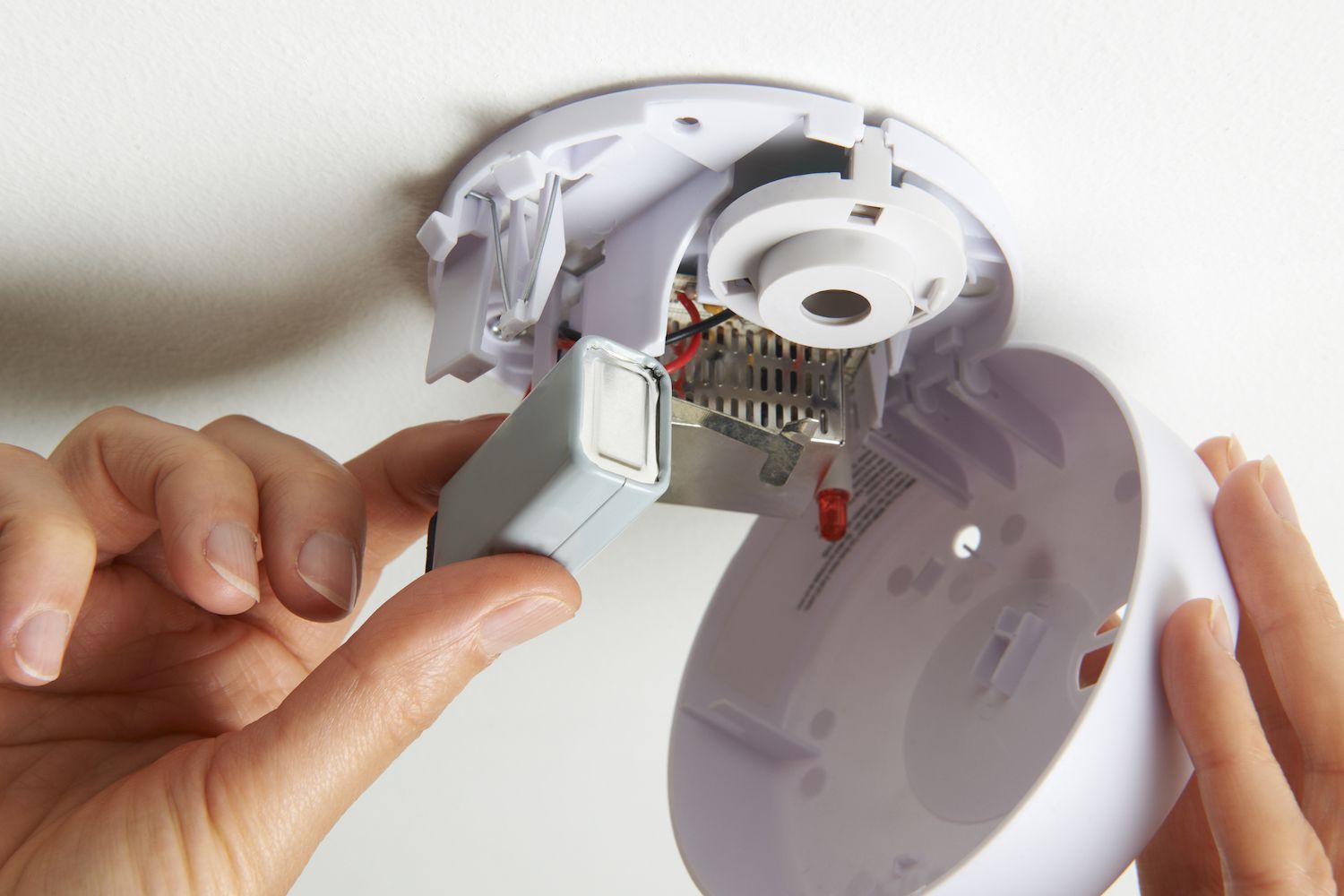
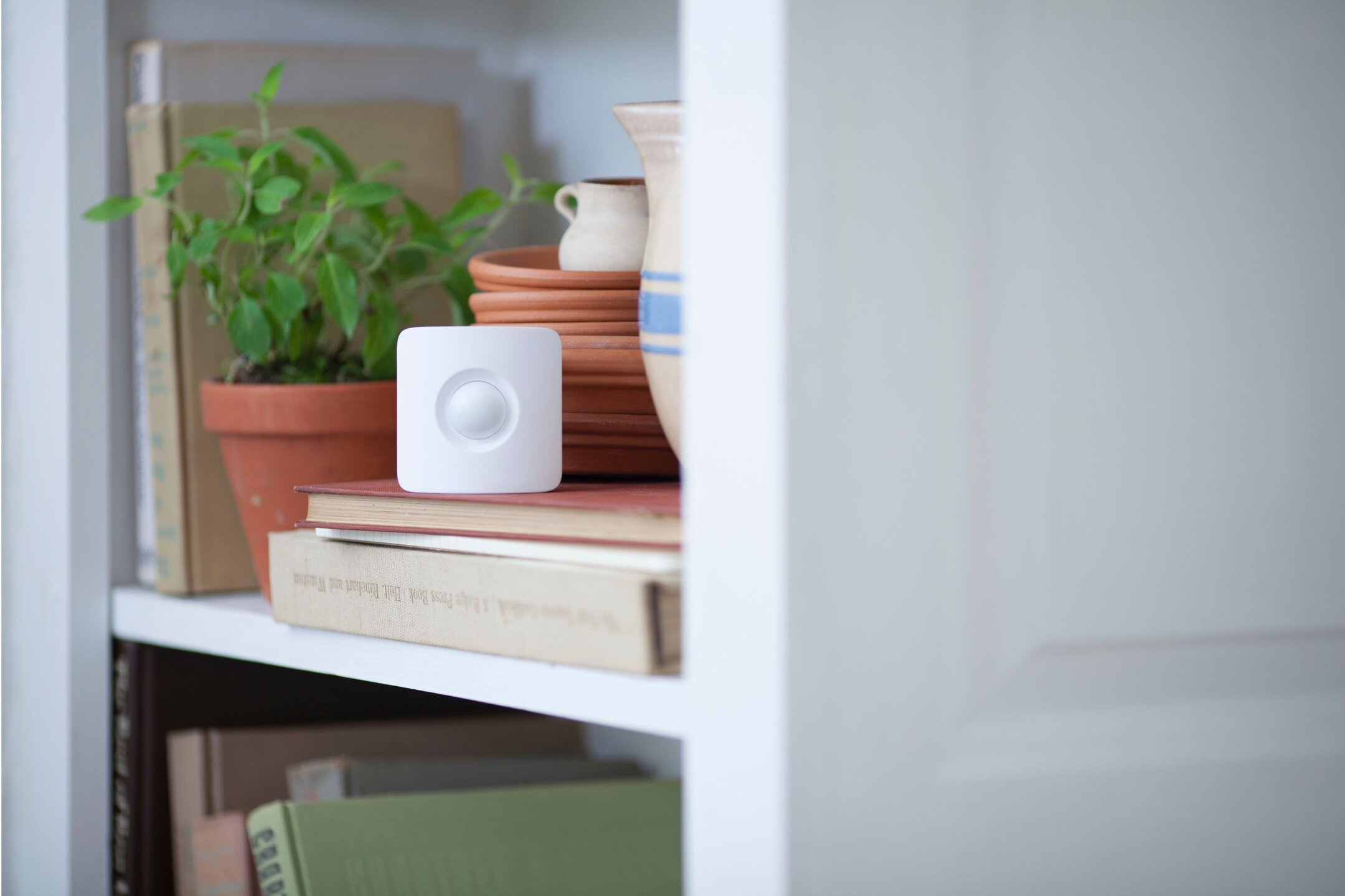

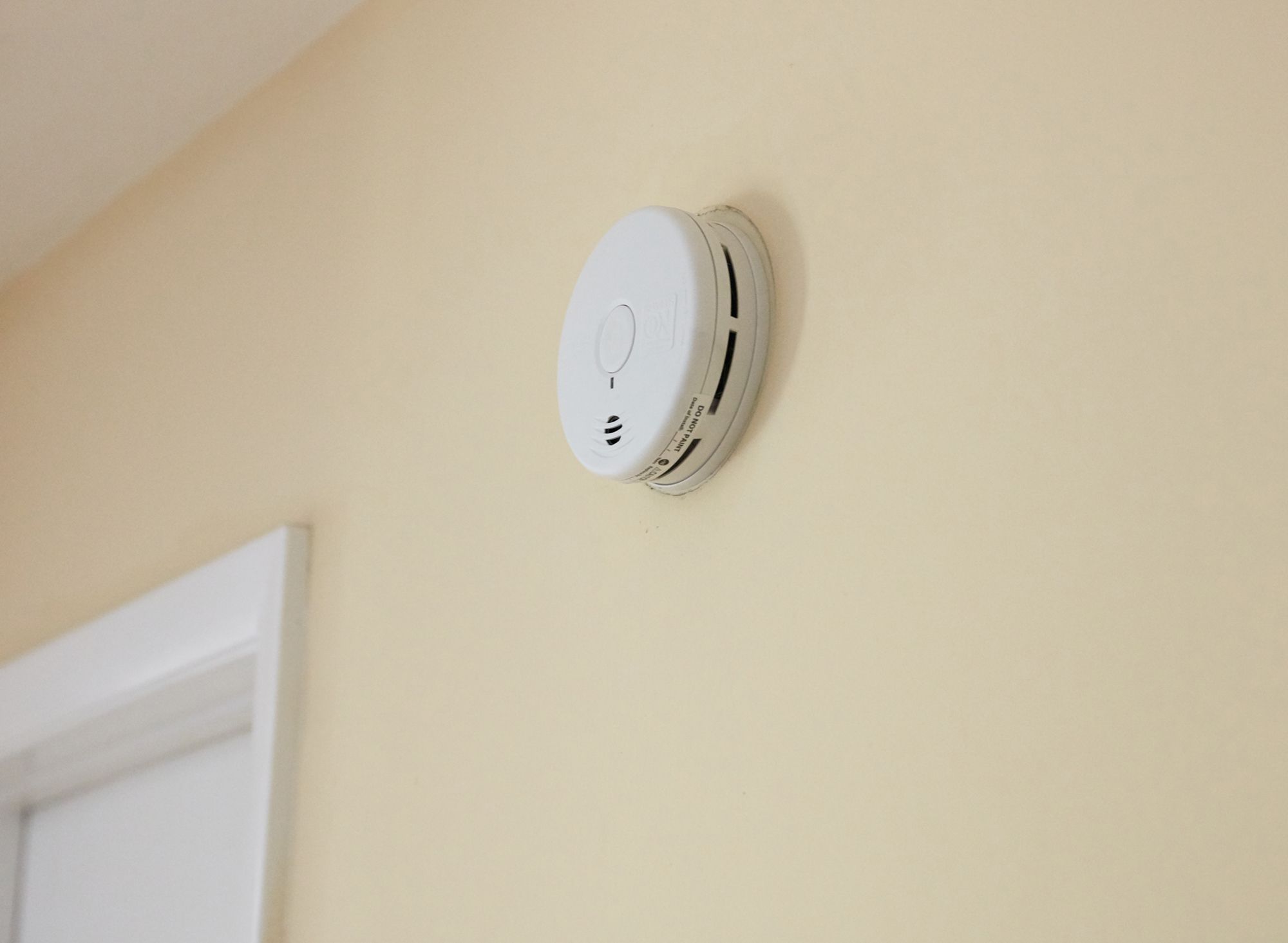
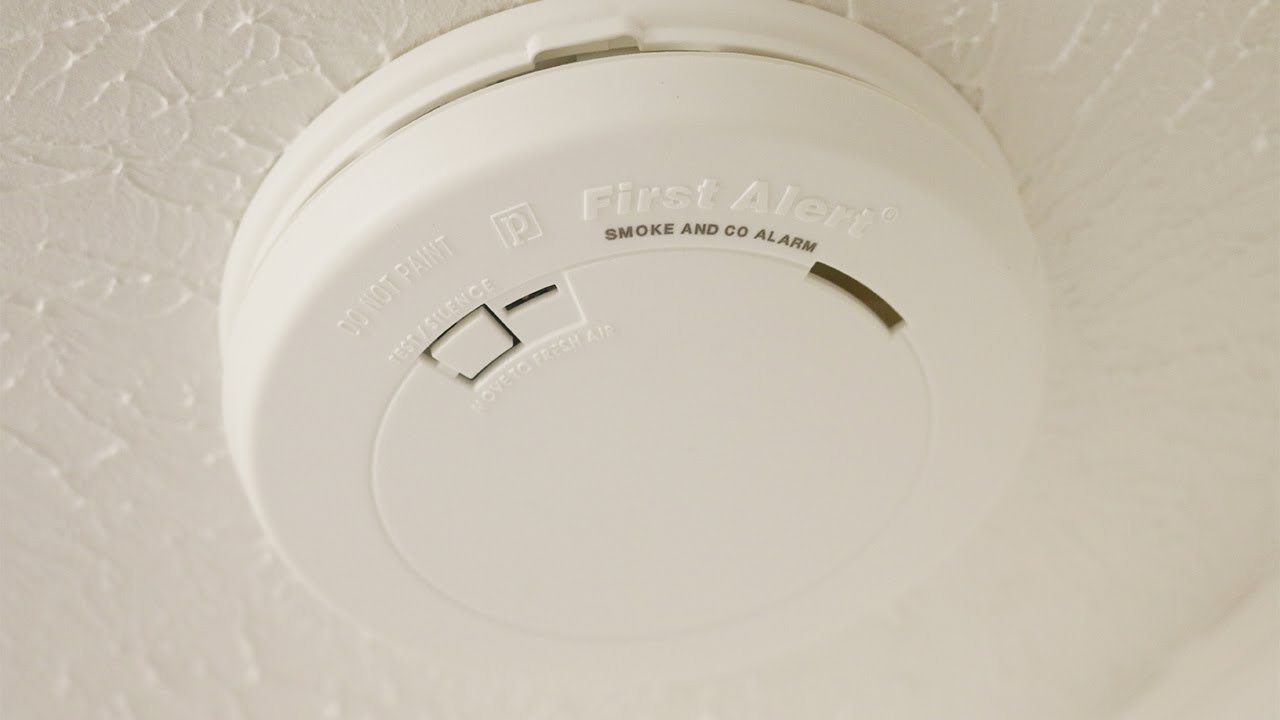


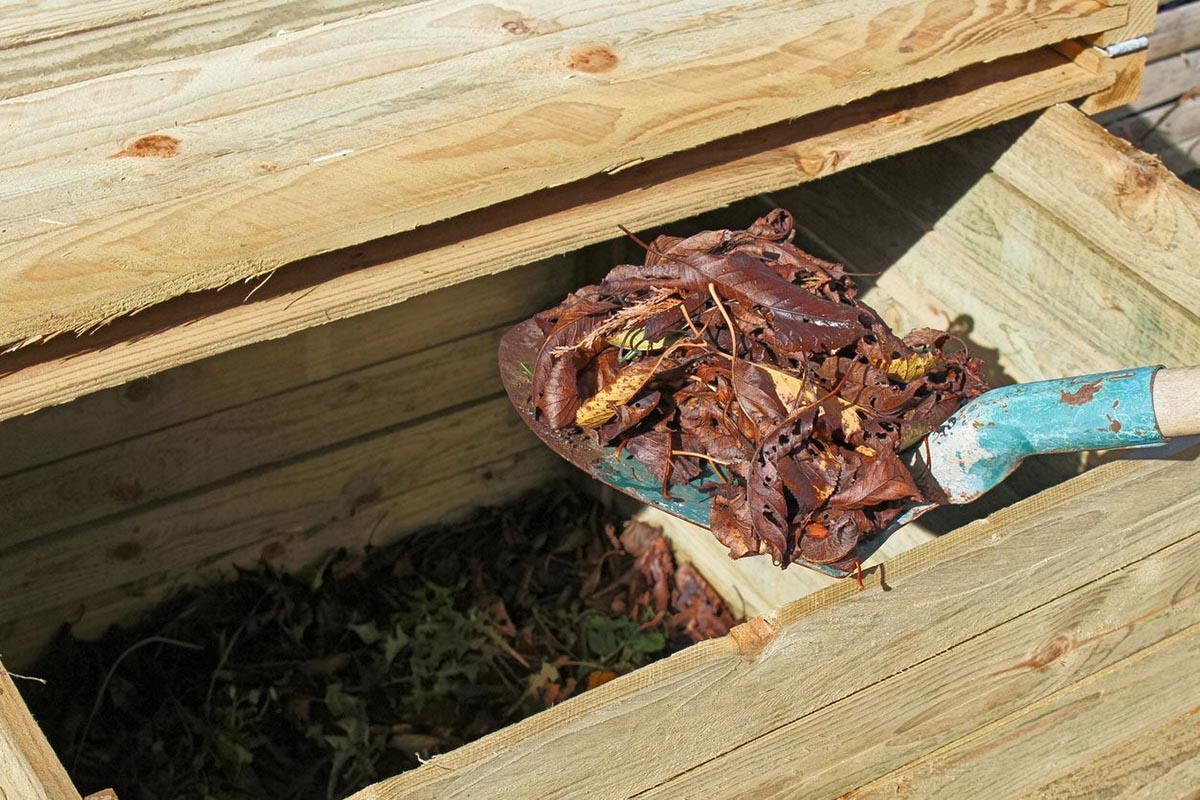

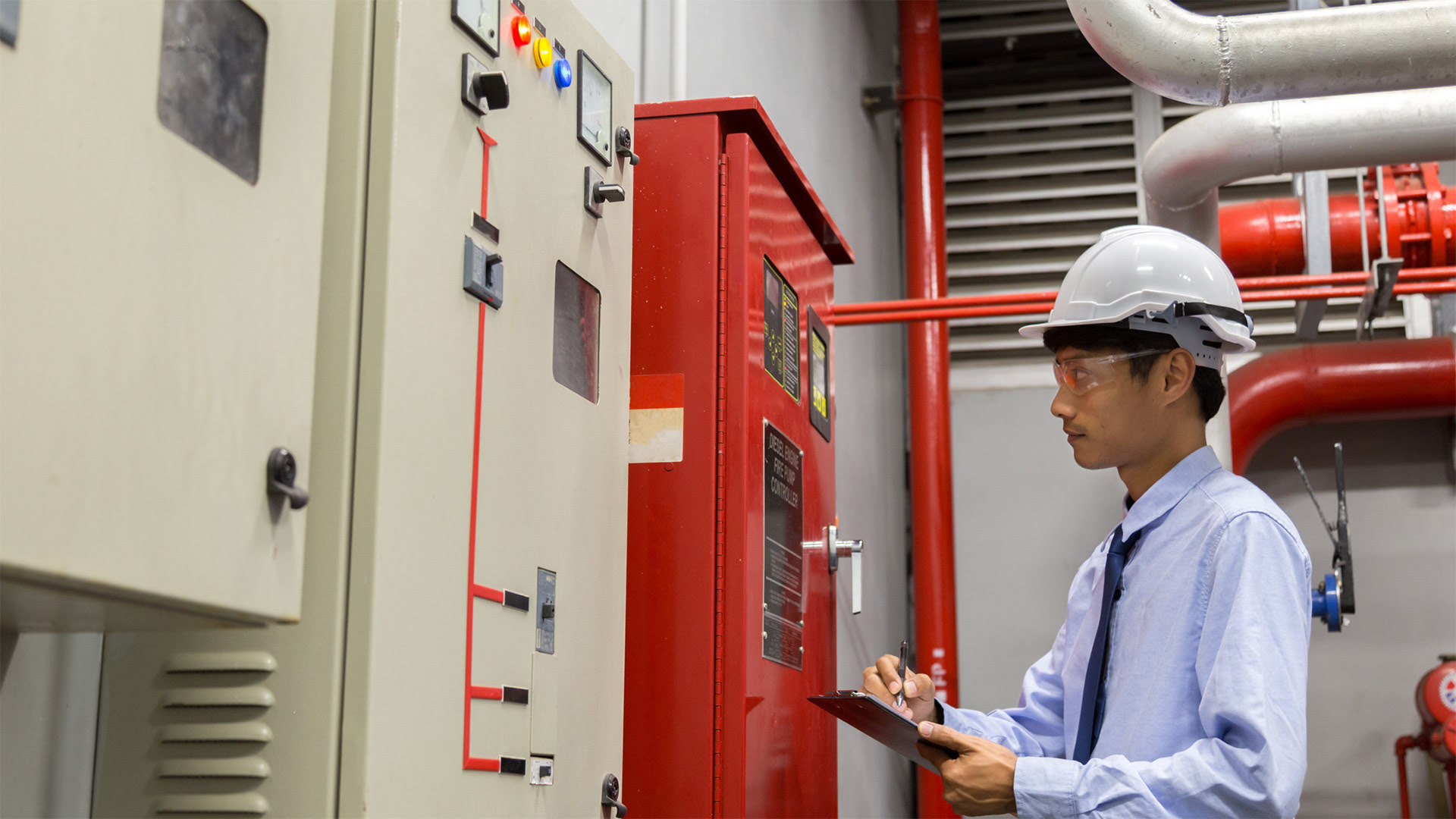
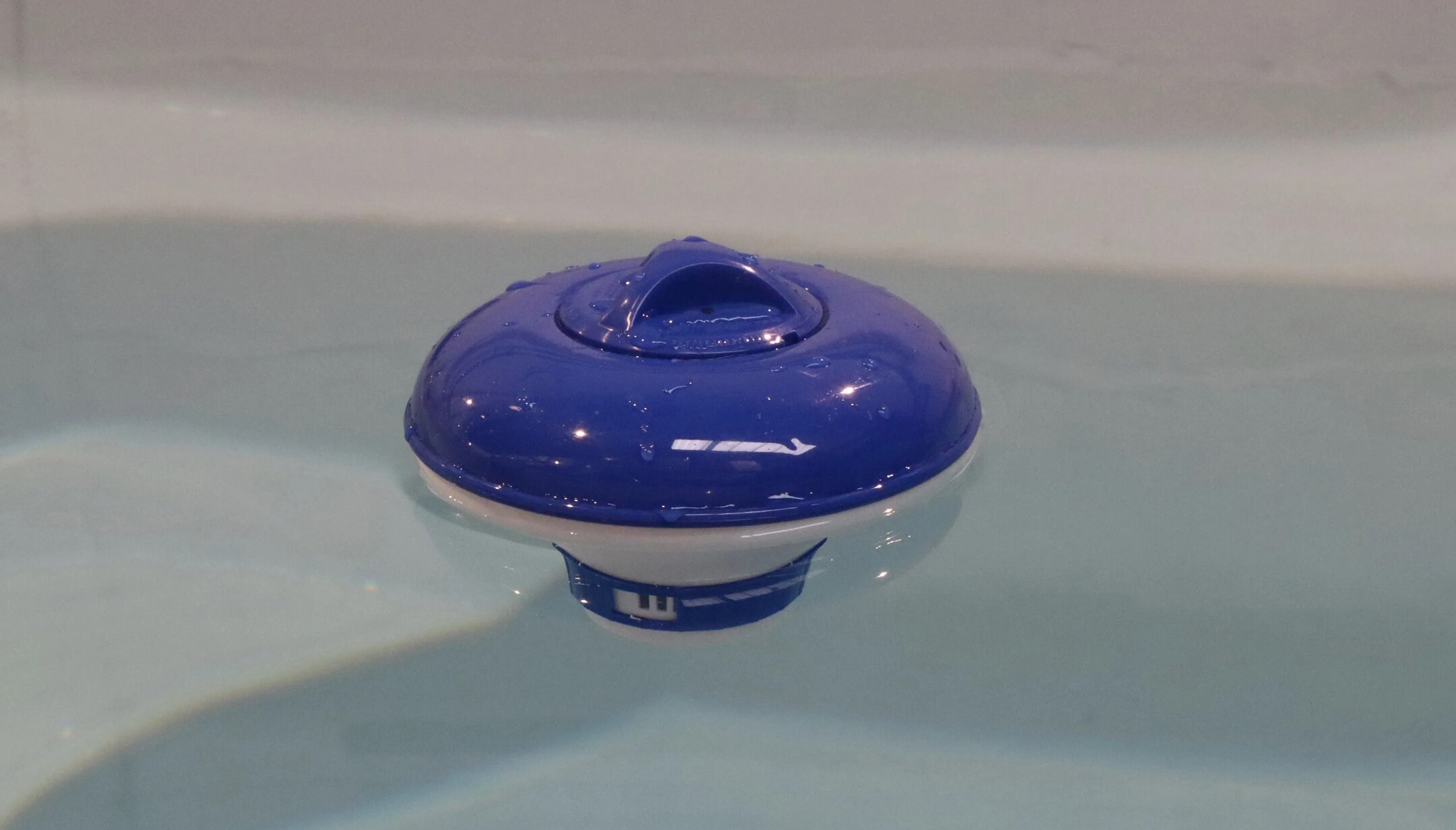
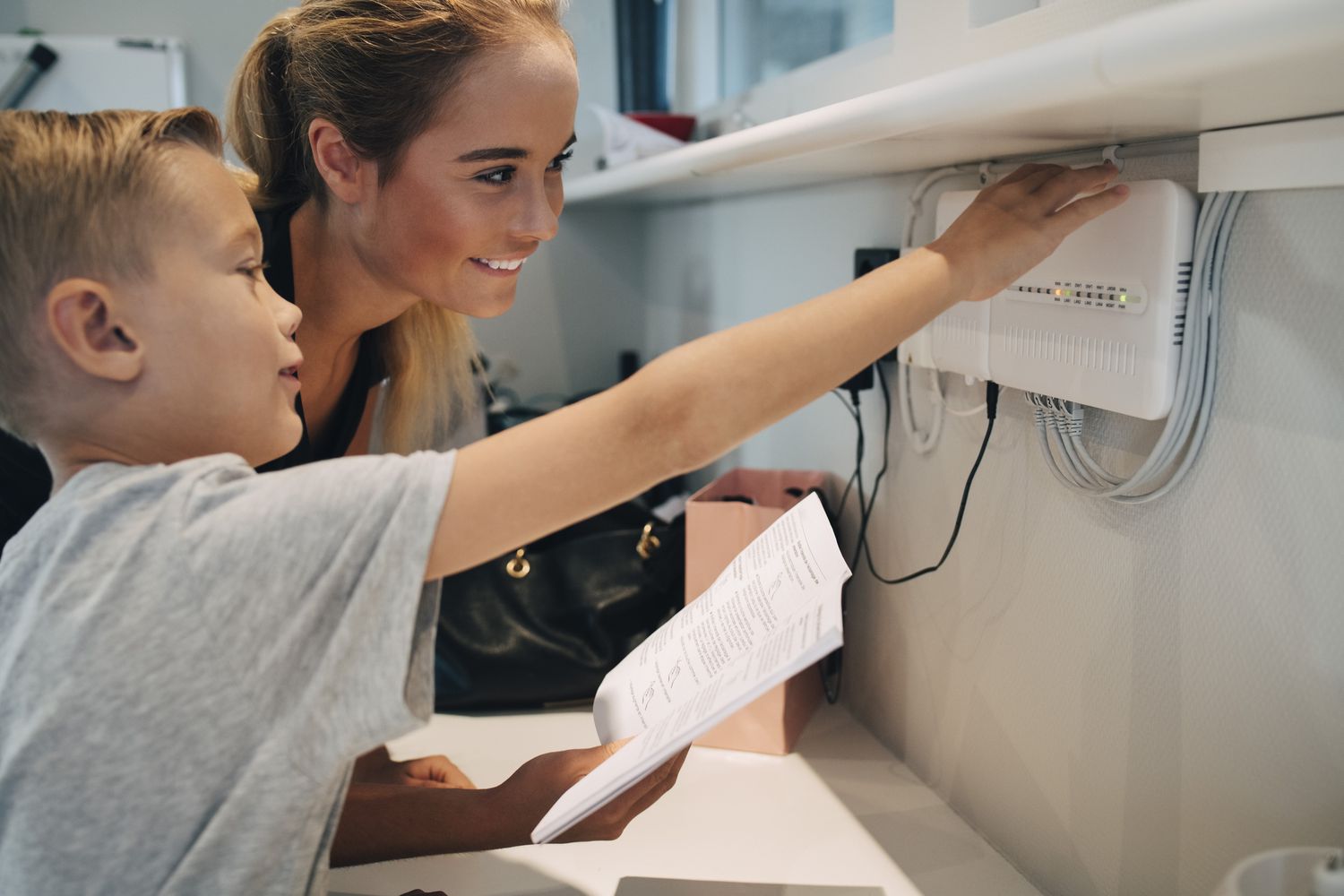
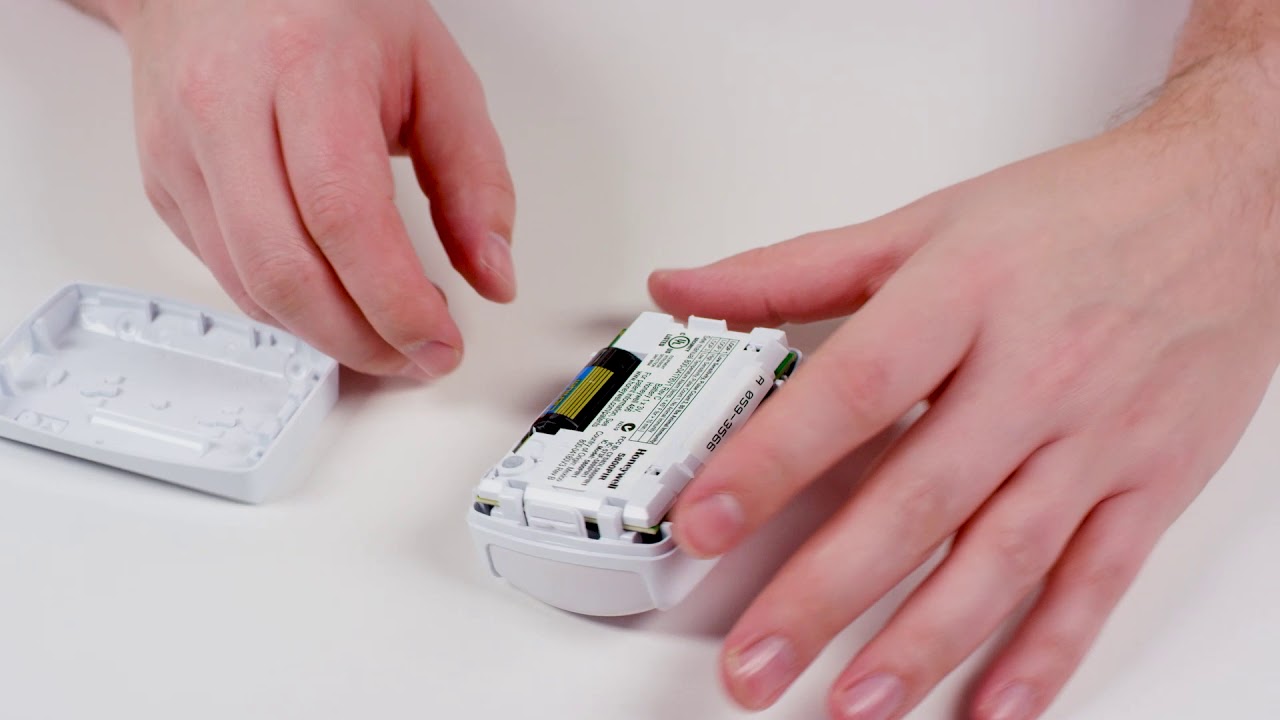


0 thoughts on “How Often Should I Test My Smoke Detector”